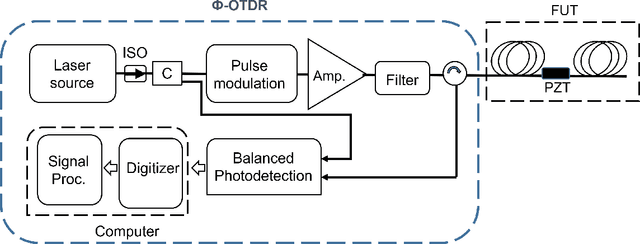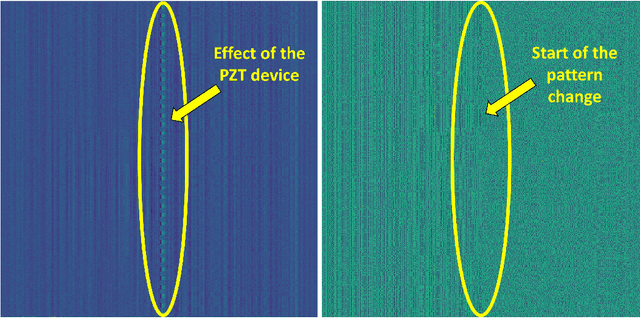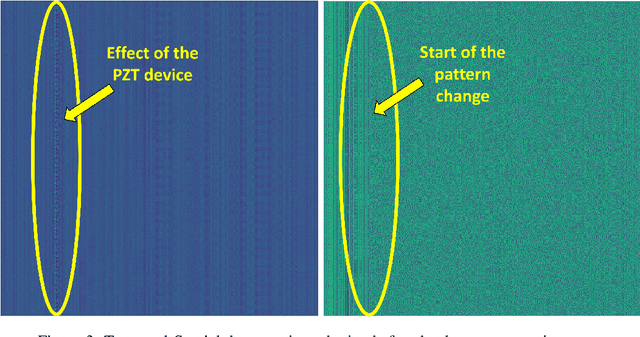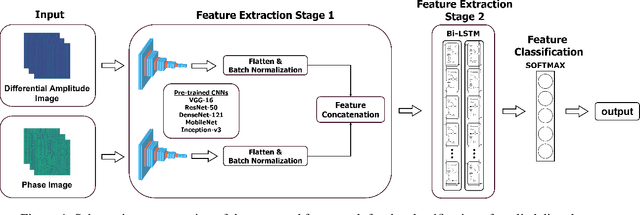Ceyhun Efe Kayan
Deep reproductive feature generation framework for the diagnosis of COVID-19 and viral pneumonia using chest X-ray images
Apr 20, 2023



Abstract:The rapid and accurate detection of COVID-19 cases is critical for timely treatment and preventing the spread of the disease. In this study, a two-stage feature extraction framework using eight state-of-the-art pre-trained deep Convolutional Neural Networks (CNNs) and an autoencoder is proposed to determine the health conditions of patients (COVID-19, Normal, Viral Pneumonia) based on chest X-rays. The X-ray scans are divided into four equally sized sections and analyzed by deep pre-trained CNNs. Subsequently, an autoencoder with three hidden layers is trained to extract reproductive features from the concatenated ouput of CNNs. To evaluate the performance of the proposed framework, three different classifiers, which are single-layer perceptron (SLP), multi-layer perceptron (MLP), and support vector machine (SVM) are used. Furthermore, the deep CNN architectures are used to create benchmark models and trained on the same dataset for comparision. The proposed framework outperforms other frameworks wih pre-trained feature extractors in binary classification and shows competitive results in three-class classification. The proposed methodology is task-independent and suitable for addressing various problems. The results show that the discriminative features are a subset of the reproductive features, suggesting that extracting task-independent features is superior to the extraction only task-based features. The flexibility and task-independence of the reproductive features make the conceptive information approach more favorable. The proposed methodology is novel and shows promising results for analyzing medical image data.
A Novel Approach For Analysis of Distributed Acoustic Sensing System Based on Deep Transfer Learning
Jun 24, 2022



Abstract:Distributed acoustic sensors (DAS) are effective apparatus which are widely used in many application areas for recording signals of various events with very high spatial resolution along the optical fiber. To detect and recognize the recorded events properly, advanced signal processing algorithms with high computational demands are crucial. Convolutional neural networks are highly capable tools for extracting spatial information and very suitable for event recognition applications in DAS. Long-short term memory (LSTM) is an effective instrument for processing sequential data. In this study, we proposed a multi-input multi-output, two stage feature extraction methodology that combines the capabilities of these neural network architectures with transfer learning to classify vibrations applied to an optical fiber by a piezo transducer. First, we extracted the differential amplitude and phase information from the Phase-OTDR recordings and stored them in a temporal-spatial data matrix. Then, we used a state-of-the-art pre-trained CNN without dense layers as a feature extractor in the first stage. In the second stage, we used LSTMs to further analyze the features extracted by the CNN. Finally, we used a dense layer to classify the extracted features. To observe the effect of the utilized CNN architecture, we tested our model with five state-of-the art pre-trained models (VGG-16, ResNet-50, DenseNet-121, MobileNet and Inception-v3). The results show that using the VGG-16 architecture in our framework manages to obtain 100% classification accuracy in 50 trainings and got the best results on our Phase-OTDR dataset. Outcomes of this study indicate that the pre-trained CNNs combined with LSTM are very suitable for the analysis of differential amplitude and phase information, represented in a temporal spatial data matrix which is promising for event recognition operations in DAS applications.
 Add to Chrome
Add to Chrome Add to Firefox
Add to Firefox Add to Edge
Add to Edge